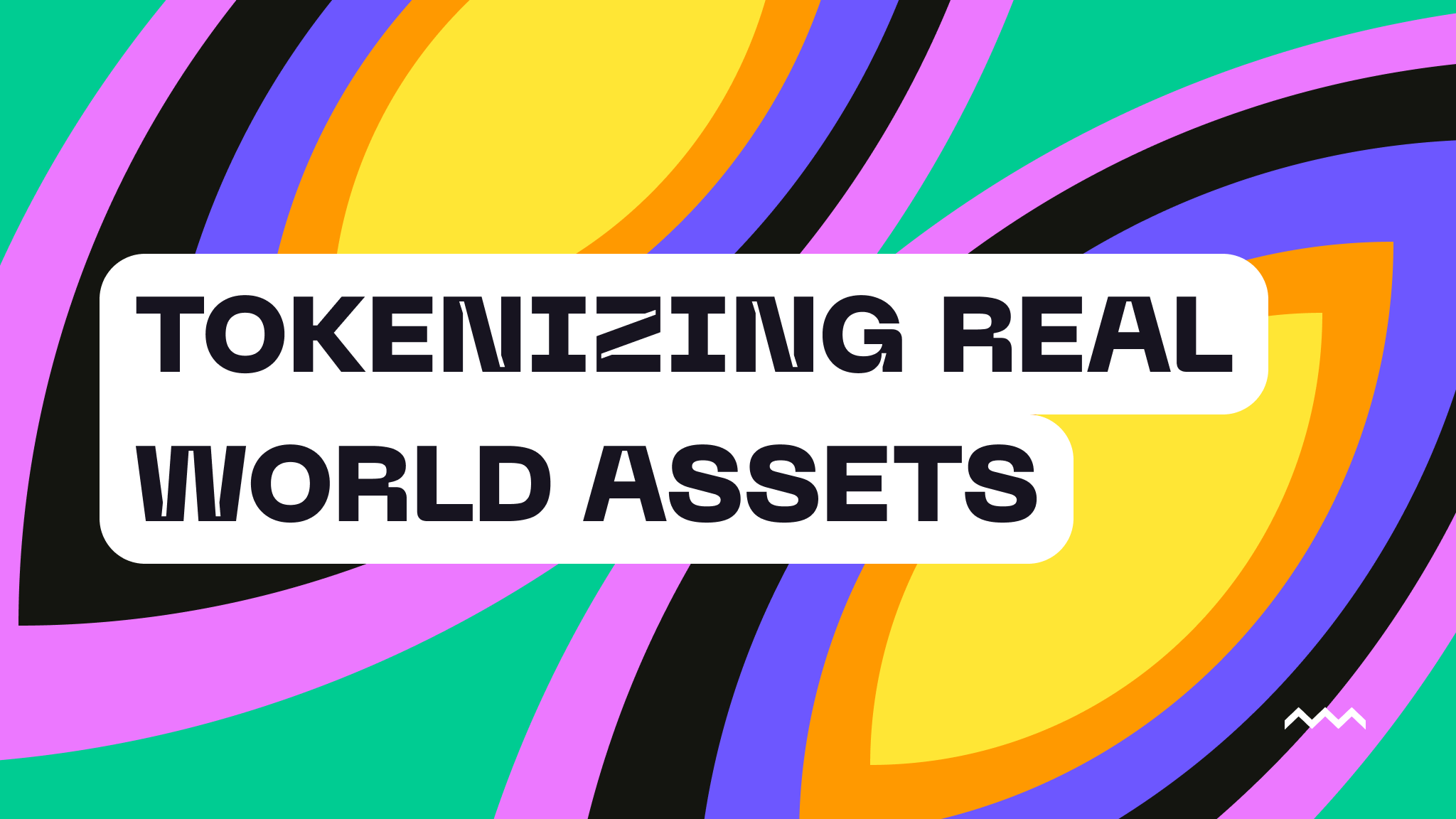Back to blog

Tokenizing Real World Assets (RWAs): Bridging the Physical and Digital Through Blockchain
Have you ever found yourself wondering about merging real world assets with decentralization? No? Me neither—until almost two years ago, when a South Carolina house was sold as an NFT to transfer ownership from the seller to the buyer. This sale helped further some of the exploration around using blockchain to record and transfer ownership of real world assets (RWAs).
Real estate, art, and fashion might not traditionally fall within the blockchain ecosystem, but with blockchain technology, physical assets can be digitized and represented as tokens—opening new possibilities for ownership, provenance, and transferability.
I’m part of a generation shaped by a digital-first world: social media, digital communication, smartphones and smart devices, and AI. We’re used to moving through the world with only our phones, the device that connects us to the world via the internet. But that connection leaves a trail, our digital footprint. Digital footprints impact everything from the ad for the sweater that pops up while you’re scrolling social media, that you have to have, to the restaurants that appear first when you search for ‘dinner near me’. Digital footprints have also given rise to influencer culture, trends like ‘-core’, personal brands, and seemingly endless opportunities for monetization.
While this post isn’t meant to discuss the ethics of data commodification, the digital-first world has already normalized the model where user data becomes the product. The data that makes up digital footprints is bought and sold and, increasingly, vulnerable to misuse through hacking, phishing, and fraud. As technology advances, so does the need for robust, verifiable systems to ensure trust.
Take the example of a document, which can be easily manipulated or altered. The problem isn’t the file format or document itself, but the inability to prove authenticity or the complete ownership chain. With AI, creating a very real-looking fake is even easier. See AI-generated receipts. When buying or transferring ownership of something substantial, like real estate, you need to know it’s the real deal with the real buyer and seller.
What Are Real World Assets (RWAs) and Tokenization?
Real world assets are tangible items that can be tokenized and brought into the blockchain ecosystem (Coinbase). They can leverage blockchain to be digitally represented and embedded with smart contract logic and programmable ownership rights.
The process of tokenizing real world assets can add new benefits to existing items, like the possibility of fractional investing or less reliance on intermediaries. However, this has to be done cautiously and securely, with special attention to infrastructure, governance, and compliance to ensure that assets are trustworthy, usable, and legal.
Examples of Real World Asset Tokenization
- Real Estate: Tokenizing real estate can enable fractional ownership and a simplified transfer of assets. This builds on existing concepts like real estate investment trusts (REITs) and allows for more direct and programmable ownership of specific properties. Like REITs, tokenization of real estate is and has to be, regulated, adding transparency and potentially more access.
- Art & Collectibles: Tokenizing art and collectibles can create opportunities for co-investment and royalties for artists, collectors, and creators when their work is resold. Proof of authenticity can also be managed on-chain, which could make it easier to buy or invest in art, knowing it’s real.
- Intellectual Property (IP): Films and music can also be tokenized for licensing and royalties. Some platforms, like Audius, offer token rewards, and they have gained popularity with well-known artists who back them and use the platform.
- Fashion & Goods: NFC chips have been embedded in products to verify authenticity and ownership. One cool example was Golden Goose’s addition of NFC chips to its ‘Yeah’ sneaker.
How Pinata Supports Tokenized Asset Infrastructure
Pinata is, first and foremost, crypto file storage. We provide the infrastructure that makes storing documents, metadata, and media easy. When tokenized assets need metadata—like ownership records, terms for royalty contracts, legal documents, or images—Pinata enables that data to be stored immutably and accessibly. We combine content addressability with flexible access controls to give developers a reliable way to build tokenized asset experiences on any chain.
The future of tokenized RWAs depends on trust and legal compliance. Financial regulations, securities laws, and KYC/AML are just some of the compliance requirements vital to their growth and legality. This starts with secure content infrastructure, and Pinata’s IPFS file storage is a great place to start. It’s as simple as creating an account and getting started with our docs.
With Pinata, you can upload and pin files to IPFS. This ensures the files are immutable, tamper-proof, and verifiable by CID (Content Identifier). For example, if you wanted to tokenize an item, you could upload the authenticity documents, such as a certificate and photos, then store the CID in the token’s metadata.
Pinata’s Dedicated IPFS Gateways enable you to serve IPFS-hosted files from custom domains and access built-in analytics to monitor file requests and engagement. For developers building RWA tokenization platforms, Pinata’s APIs and SDKs streamline uploading and pinning asset metadata, making it easy to integrate decentralized storage into smart contract minting flows or custom dashboards.
Tokenization isn’t just a trend. It’s a foundational shift in how we interact with real world value in a digital landscape. If you’re exploring or building in crypto, Pinata provides the tools you need to get started.

